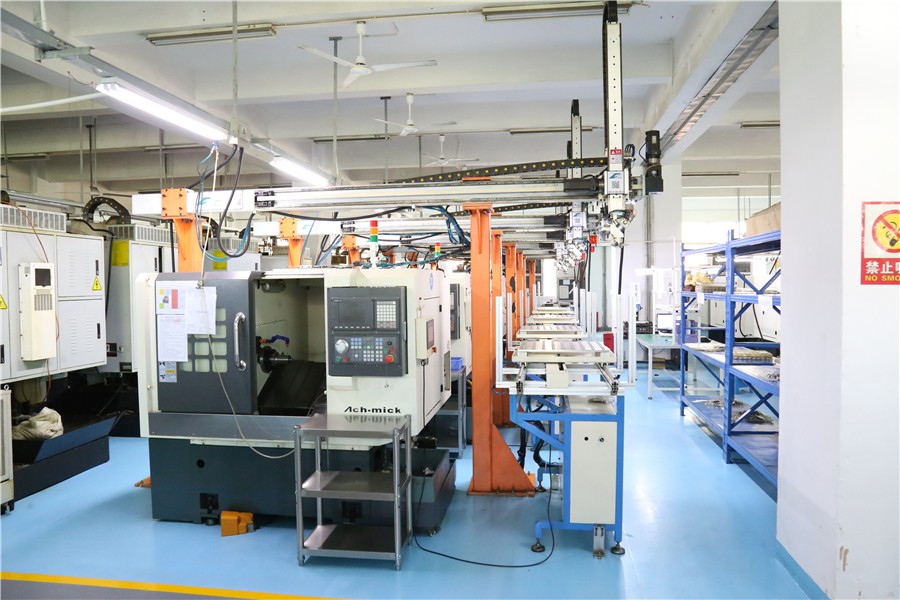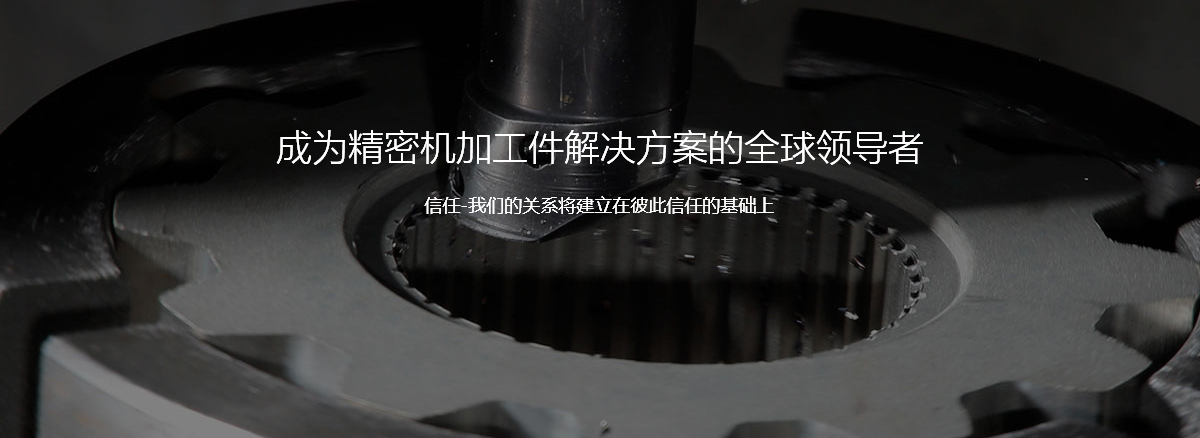In the programming of precision component machining, the correct use of methods and techniques is of great significance for ensuring and improving the machining accuracy of CNC machine tools. So what determines CNC machining accuracy? The machining accuracy in CNC machine tools is determined by position detection components, which are composed of detection components (sensors) and signal processing devices, and are an important component of the closed-loop servo system of CNC machine tools.
Its function is to detect the actual values of the position and speed of the workbench, and send feedback signals to the CNC device or servo device, thus forming a closed-loop control. Detection components generally use optical or magnetic principles to detect position or speed.

The position detection components are divided into direct measurement components and indirect measurement components according to the detection method. When measuring the linear motion of a machine tool, a linear detection element is generally used, which is called direct measurement. The position closed-loop control formed is called full closed-loop control. The measurement accuracy mainly depends on the accuracy of the measuring components and is not affected by the machine driving accuracy.
Due to the direct ratio between the linear displacement of the machine tool workbench and the rotation angle of the driving motor, the movement distance of the workbench can be indirectly measured by driving the detection motor or screw rotation angle, which is called indirect measurement. The position closed-loop control formed is called semi closed-loop control.


